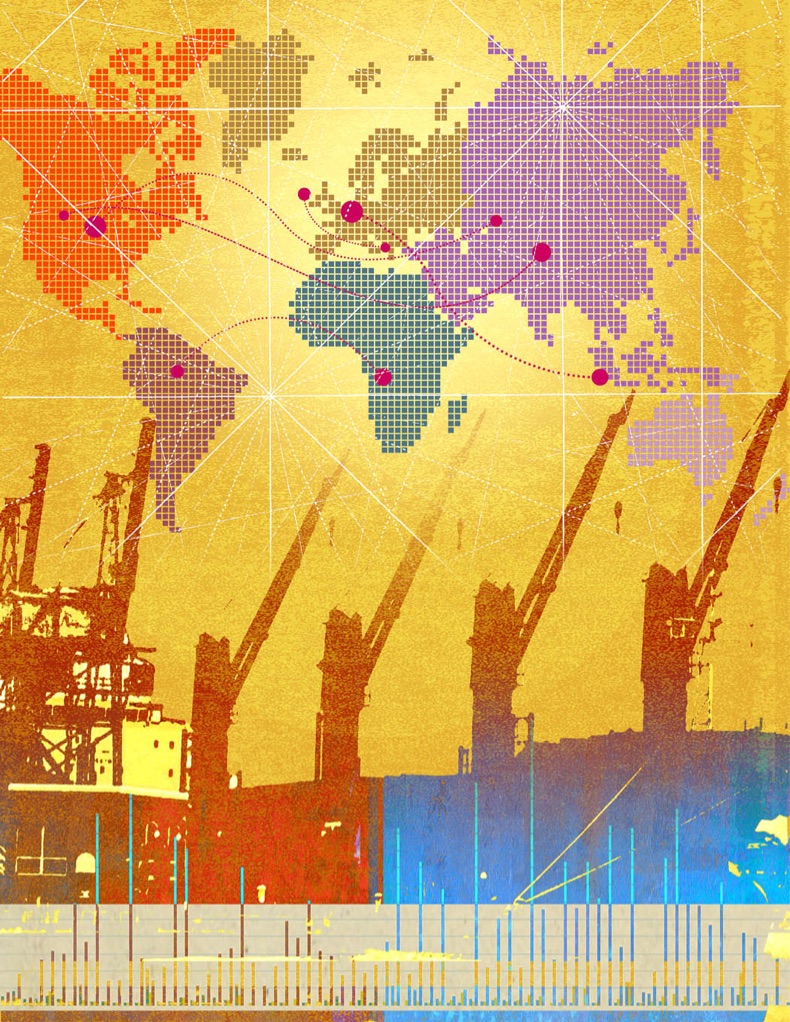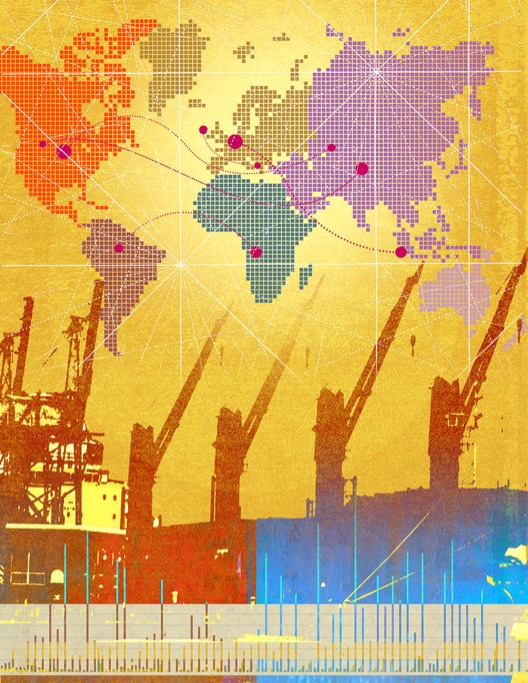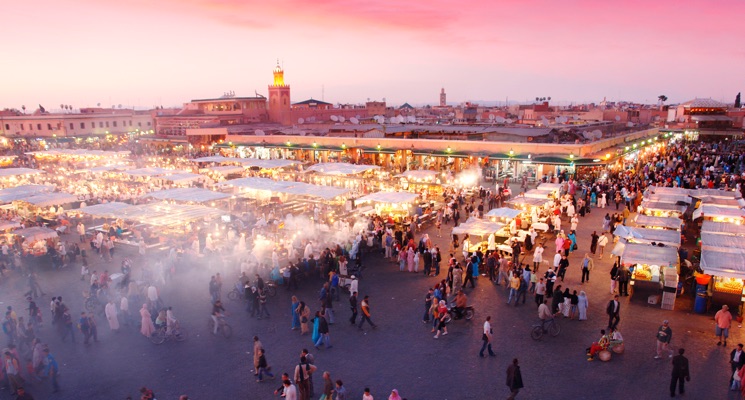Trade has been a huge driver of growth but lately has been questioned. The benefits of trade, which are often taken for granted, can come at a cost, which is often overlooked. At the same time, the system of global trade rules that has nurtured unprecedented economic growth across multiple generations is now facing tensions. These tensions are rooted in issues that have been left unresolved for too long. The IMF’s research has sought to shed light on these issues.
Building on earlier research that showed how trade can boost incomes and living standards by enabling the flow of technology across countries, the October 2018 World Economic Outlook (WEO) provided illustrative scenarios of the potential impact of escalating trade tensions between the United States and China. The analysis shows that the world as a whole would be worse off: global GDP losses would be 0.4 percent over the long term (equivalent to a $340 billion drop in 2018 dollars), rising to nearly 1 percent in the United States and 1.6 percent in China in 2019. A large part of that decline would come from the negative impact of tariffs on confidence (lower investment) and tighter financial conditions (higher spreads).
The April 2019 WEO further showed that bilateral trade balances—the difference in the value of exports and imports between two countries—are driven more by macroeconomic policies than by tariffs. These policies can take the form of overly stimulative fiscal policy, which would raise overall demand and increase a country’s trade deficit, or subsidies to state-owned enterprises, which would give them a competitive advantage vis-à-vis foreign firms and increase that country’s trade surplus. In addition, the report shows that bilateral tariffs are ineffective in addressing external imbalances—due to trade diversion. The report further argues that an open trade system is very important for sustaining investment and growth.
These findings are echoed in the 2018 External Sector Report. Global current account imbalances stood at about 3¼ of world GDP, of which 40–50 percent were deemed excessive and mostly concentrated in advanced economies. Left unresolved, a widening of these excess external imbalances could pose threats to global financial stability.
The system of trade rules established after World War II has delivered enormous benefits. Now it needs to be updated. As part of a larger discussion on trade, the Executive Board discussed ongoing staff analysis focused on modernizing World Trade Organization (WTO) negotiation, transparency, and dispute resolution functions. Updating WTO rules on industrial and agricultural subsidies provided by a range of entities, including state-owned enterprises, and on technology transfer are key elements toward a trade system that can work better for all countries
The costs of trade tensions
Escalating trade tensions would reduce world GDP, not only through the disruption of the flow of goods but—more important—through confidence and financial effects.

Source: October 2018 WEO, Chapter 1.




